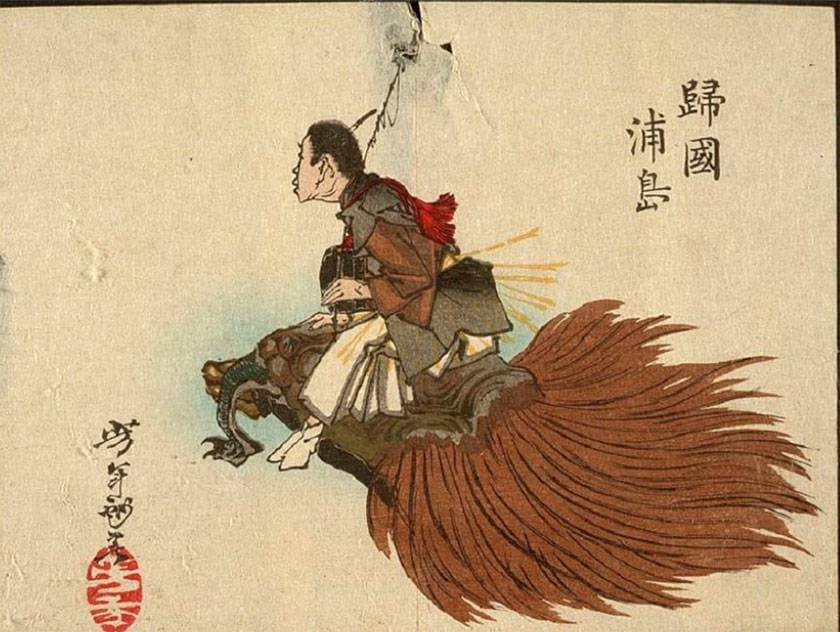
The Invention of Capturing Intangible Sound: The Magic of Capturing Air Vibrations
The evolution of recording media has profoundly influenced our musical lives.
In 1857, Léon Scott (France) invented the "phonautograph," a device that recorded sound onto paper. Then, on December 6, 1877 (now celebrated as "Music Day"), Thomas Edison unveiled the "phonograph," which etched grooves onto a brass cylinder to record sound—a device comparable to an early prototype of the modern record player.
Ten years after Edison's invention, Emile Berliner developed the "gramophone," a disc-based recording device that emphasized ease of storage. (Reference: Wikipedia)
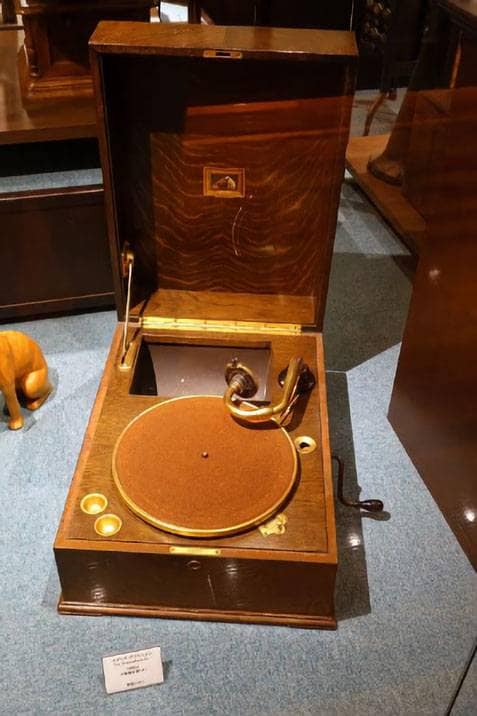
Gramophone (Collection of Kanazawa Phonograph Museum)
This horizontal recording medium concept would later be inherited by CDs, DVDs, Blu-rays, HDDs, and other technologies. The advent of recording media that enabled repeated recording and erasure by applying magnetic material to plastic film greatly transformed the environment for enjoying music.
In professional recording studios, the use of 2-inch-wide tape made multi-track recording possible. A legendary anecdote surrounds Queen’s iconic rock opera, Bohemian Rhapsody. The relentless retakes of the multi-layered chorus parts caused the magnetic coating on the tape to deteriorate to the point where the tape became transparent, leaving only one final take possible. The recording concluded at this critical juncture.
Freddie Mercury’s deep appreciation for classical music drove the pursuit of ultimate perfection, resulting in the masterpiece that continues to be celebrated as Bohemian Rhapsody.
This laborious effort laid the groundwork for one of the most revered rock opera classics in history.
The Joy of Music, Personally Experienced
The 1970s saw the rise of cassette tapes, ushering in a new era where personal enjoyment of music expanded significantly. Later, portable music players like the "Walkman," which used cassette tapes, succeeded in taking music beyond the confines of indoor listening, earning overwhelming support from young people.
However, the headphones of that era, designed to be lightweight (with exposed foam material), often caused sound leakage, leading to occasional trouble in crowded spaces.
At the time of the Walkman’s initial release, in-ear stereo earphones were not commercially available. In response to the issue of sound leakage, manufacturers soon adopted them en masse as a solution.
The evolution of music playback did not stop there. With the introduction of Apple’s iPod, sound—previously analog information—was transformed into digital data, enabling a dramatic reduction in device size.
The launch of the iPod paved the way for its successor, the iPhone, inheriting its music playback capabilities and setting the stage for the future of portable music technology.
From Listening to Music to Creating It: The Evolution of the Individual
Apologies for the long preamble, but now I’d like to shift gears and, incorporating some of my own experiences, dive into a more casual discussion.
In my youth, I persuaded my parents to buy me a boombox (a cassette recorder with a radio) under the guise of studying English. My friends, too, used similar tactics to convince their parents to purchase one. We recorded our favorite songs from records or radio airchecks onto cassette tapes, exchanging them with friends as if swapping business cards.
As we grew older, the music that once existed solely for listening began to inspire a desire to create it ourselves. Using part-time job earnings, I bought two boomboxes with built-in stereo microphones and enthusiastically dove into “ping-pong recording.”
On the YouTube channel of Sugar Fields (Representative: Tomonobu Hara), past experiences with ping-pong recording are shared in an engaging and enjoyable manner.
The inherent challenge of "wow and flutter" variations remained an unavoidable limitation, making it exceptionally difficult for amateurs to reverse-engineer the final product—particularly significant changes in pitch and tempo—and fine-tune click track tempos, as well as guitar and bass pitches, for recording.
To mitigate this, I would record a few seconds of a click track or the sound of the guitar and bass at the start of the track as reference tones.
Boombox ping-pong recording tended to make both tempo and pitch faster and higher, giving the process an almost experimental flavor.
To add to the challenge, divine providence seemed to deliver even more trials: unlike professional recorders, punching in and out was impossible, requiring every take to be recorded live in one shot—a nerve-wracking process.
Yet, unexpectedly, the repetition honed my playing skills and focus as a byproduct of these challenges.
The most insurmountable issue, however, was the increase in tape hiss. Gradually, the sounds I painstakingly recorded were drowned out by the relentless “shhh” of noise.
Recording in a six-mat tatami room meant even faint sounds from outside—like dogs barking or children laughing—inevitably made their way onto the track (laughs).
Eventually, cassette-based multitrack recorders appeared.
There was no way I could resist giving them a try.
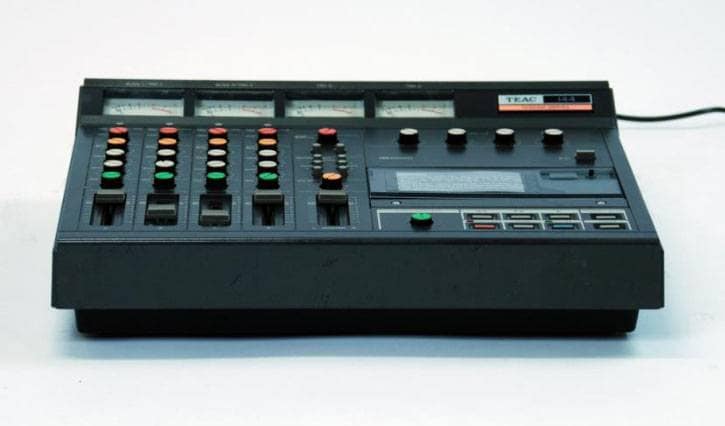
Japan's first multitrack recorder: "TEAC 144 Portastudio"
I poured my hard-earned part-time wages into purchasing Japan's first cassette-based multitrack recorder, the "TEAC 144 Portastudio," which made the recording process significantly easier.
This device featured built-in DBX noise reduction, a mixer function, and sound design capabilities far superior to those of ping-pong recording. Most notably, it allowed for internal editing, which was its standout feature.
Originally, cassette tapes were designed to record two tracks on each side, flipping the tape to switch sides. The Portastudio utilized the entire tape in a single direction for 4-track recording and operated at double speed, dramatically improving the signal-to-noise ratio.
American rock singer Bruce Springsteen famously recorded his album Nebraska at home using this Portastudio.
Fast forward to today, and the dramatic advancements in digital technology have made music creation far more accessible—and affordable—than ever before.
This moment marked the democratization of music production, previously reserved for professionals, alongside an increase in quality.
Without this evolution, modern YouTubers would not exist.
In Conclusion
How might Urashima Taro feel if he were to time-slip into the modern era??
The grand feast of red snappers and flounders dancing in celebration, the boisterous revelry with gongs and drums—imagine capturing all of it in pristine high-quality sound, distortion-free, accompanied by video, using a digital recorder.
ZOOM / Q8 Handy Video Camera Recorderー
Multitrack recorders have become remarkably compact, with recording media now utilizing SD cards and similar storage.
TASCAM / DP-32SD Multitrack Recorder
The evolution of DAW (Digital Audio Workstation) software has enabled recording and editing directly on a PC.
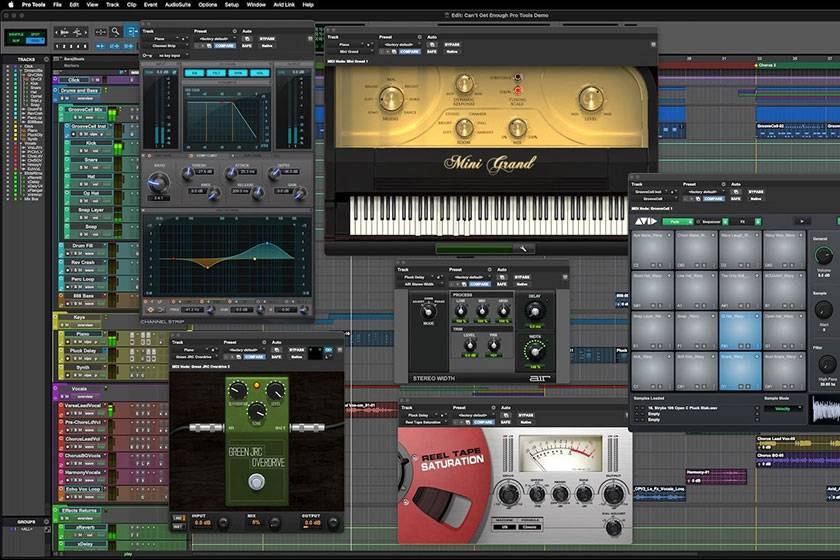
The industry-standard DAW software: "Pro Tools" (https://www.avid.com/ja/pro-tools)
As Taro replays the recordings of the past and sees himself reflected in them, he may ponder the irretrievable nature of those bygone moments, shedding tears over their cruel impermanence.
In ancient times, records could only be preserved through oral storytelling, written accounts, or tradition.
Today, digital media recording devices function as modern-day "treasure boxes" or time machines, allowing us to revisit history with crystal clarity whenever we wish.
We aspire to preserve our overflowing creative energy, recording it vividly so that sound, alongside our memories, becomes an irreplaceable treasure for future generations.
Soundhouse provides an abundance of tools to achieve this.
Or perhaps, with its vast collection of musical instruments, we should call Soundhouse itself the ultimate "treasure box"?
The column “sound & person” is made possible by your contributions.
For more information about submissions, click here.






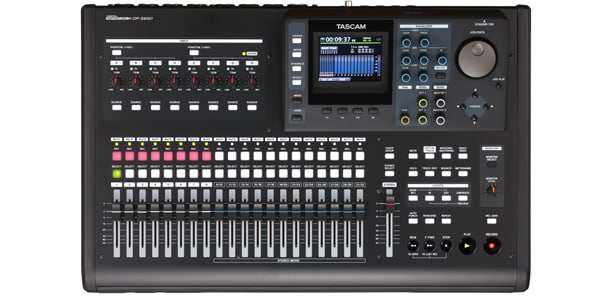


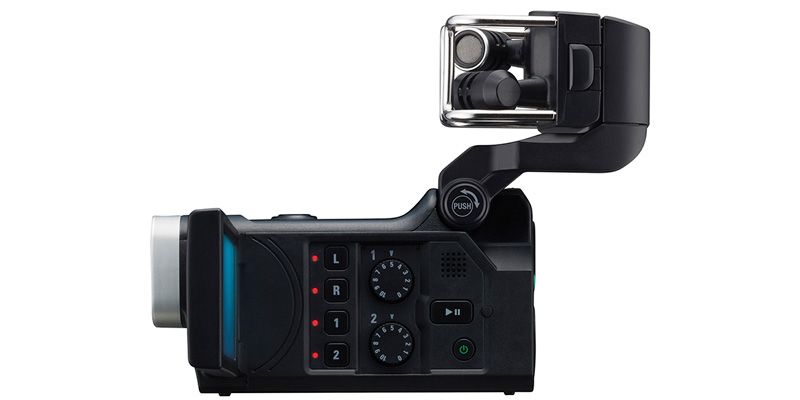





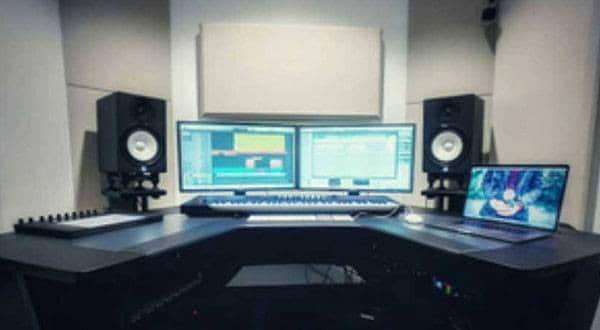
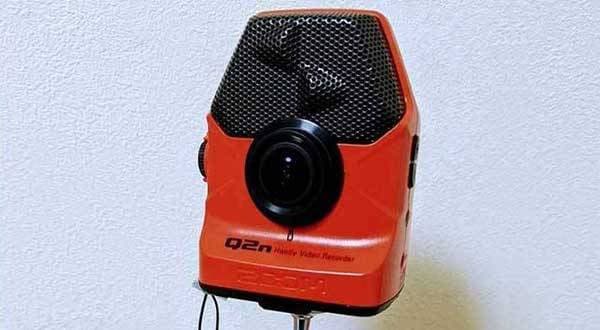
![[Make the most of your time at home!] Recommended DJ equipment for recording vinyls!](/contents/uploads/thumbs/2/2021/2/20210226_2_12420_1.jpg)
![[2023 Latest Edition] Overview of Some New Audio Interfaces!](/contents/uploads/thumbs/2/2021/1/20210108_2_12044_1.jpg)
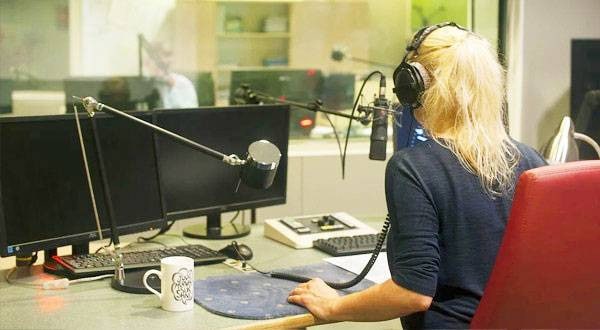

 ライブ配信に必要な機材を徹底解説 オンラインライブの創り方
ライブ配信に必要な機材を徹底解説 オンラインライブの創り方
 厳選!人気のおすすめオーディオインターフェイス特集
厳選!人気のおすすめオーディオインターフェイス特集
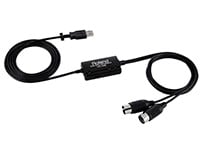 USB接続MIDIインターフェイス
USB接続MIDIインターフェイス
 配信・ポッドキャスト特集!(ライブ/動画/ゲーム実況)
配信・ポッドキャスト特集!(ライブ/動画/ゲーム実況)
 DTMに必要な機材
DTMに必要な機材
 DTM・DAW購入ガイド
DTM・DAW購入ガイド















